<--- Back to Details
| First Page | Document Content | |
|---|---|---|
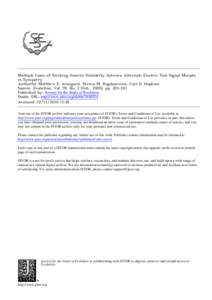 Date: 2010-11-22 12:23:39Scientific classification Speciation Evolutionary biology Neuroethology Electric fish Polymorphism Sympatric speciation Sympatry Ficus Biology Ecology Philosophy of biology |
Add to Reading List |
DOCX DocumentDocID: 1vOMd - View Document | |
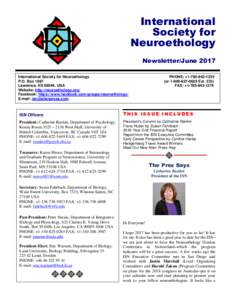 | International Society for Neuroethology Newsletter/June 2017 March 2011 International Society for NeuroethologyDocID: 1tyXi - View Document |
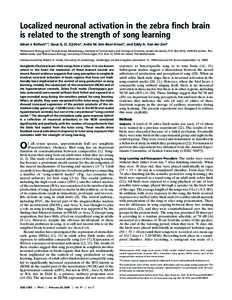 | Localized neuronal activation in the zebra finch brain is related to the strength of song learning Johan J. Bolhuis*†, Guus G. O. Zijlstra*, Ardie M. den Boer-Visser‡, and Eddy A. Van der Zee§ *Behavioral Biology anDocID: 1rnZx - View Document |
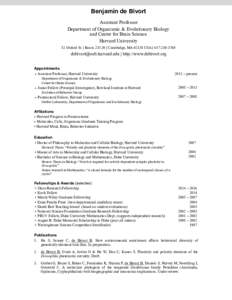 | Benjamin de Bivort Assistant Professor Department of Organismic & Evolutionary Biology and Center for Brain Science Harvard University 52 Oxford St. | Room | Cambridge, MAUSA |DocID: 1qV6a - View Document |
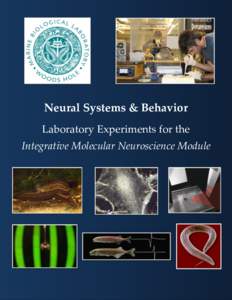 | Neural Systems & Behavior Laboratory Experiments for the Integrative Molecular Neuroscience Module 1DocID: 1qIrT - View Document |
 Multiple Cases of Striking Genetic Similarity between Alternate Electric Fish Signal Morphs in Sympatry
Multiple Cases of Striking Genetic Similarity between Alternate Electric Fish Signal Morphs in Sympatry